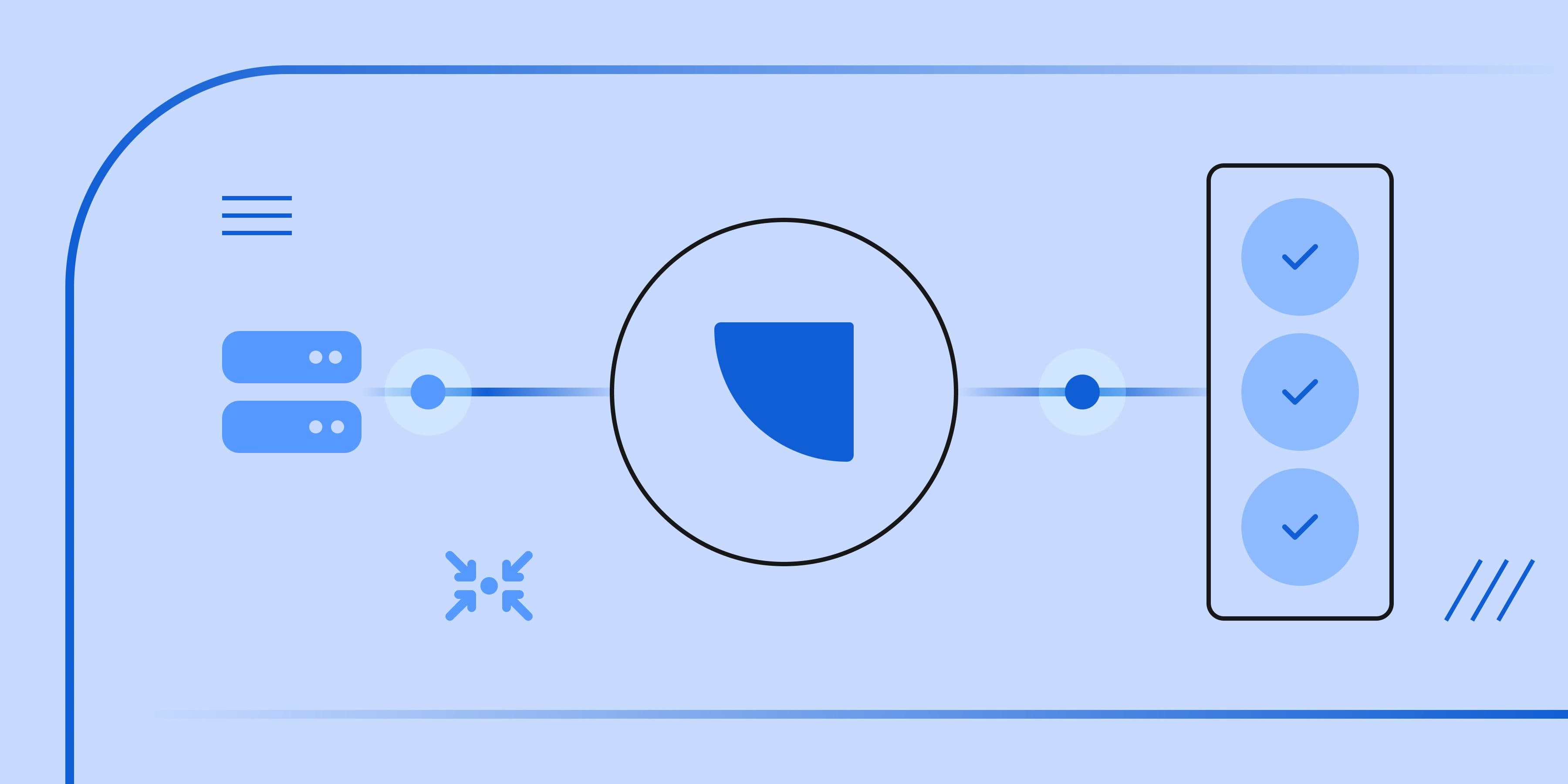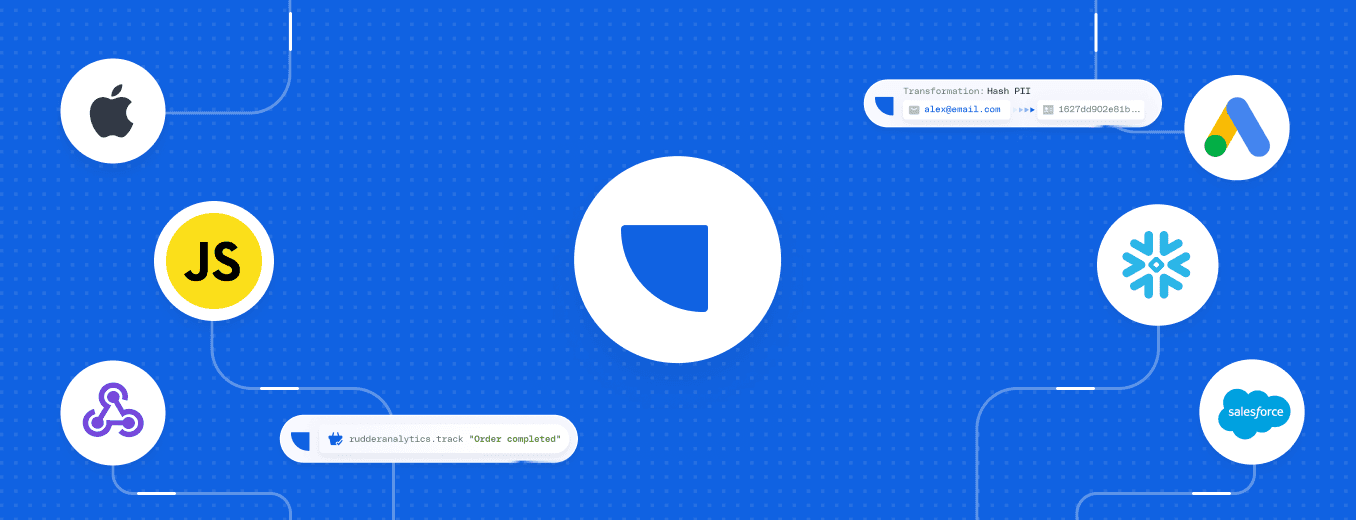Introducing RudderStack

The explosion of SaaS (Software-as-a-Service) tools across all major business verticals have led to customer data flow into numerous third-party organizations. This data flow is sometimes necessary. However, customers are often kept in the dark about how the data is being collected and used. As a recent example, the Ring app was collecting data from their users’ phones and sharing it with multiple third-party trackers. With data privacy regulations such as GDPR and CCPA in place, having a good understanding of the customer data flow – both within and outside the organization – has now become more important than ever.
To address these important issues, we built RudderStack, an open-source platform for collecting and routing your customer event data. RudderStack is enterprise-ready, with a special focus on data privacy and security.
Why use RudderStack?
If ease of use, efficiency, and having complete control over your data is your priority, then RudderStack is the perfect platform for you.
Here are the three key reasons why you should use RudderStack:
Complete Data Privacy and Transparency
RudderStack allows you to see the flow of your customer data across the entire software stack on a per-user basis. With RudderStack’s Control Plane, you get to decide what data needs to go where – making sure you have complete visibility and control of your data. Also, because the data never leaves your infrastructure, you can rest assured that your data is only being used by the third-party tool in the ways you intend it to be. This also vastly reduces the burden on the security and compliance teams to ensure the integrity and fair usage of your data.
RudderStack brings transparency into the data exchange protocols, which are otherwise opaque and hard to understand.
A Single Platform for all Your Data Collection and Routing Needs
RudderStack has SDKs to collect data from the web and mobile devices, including both Android and iOS platforms. It currently supports over 20 destinations, such as Google Analytics, Amplitude, MixPanel, Facebook Ads, and more. In addition, RudderStack also has the Unity SDK, which can collect event data from games. With our SDKs, you will notice an improvement in the page load times, which is an important metric for Google ranking when ranking the search results. This impact is even bigger on mobile devices.
RudderStack replaces the need for a separate integration with each third-party tool, thereby unlocking rapid iteration for your product and growth teams.
RudderStack is Open Source
RudderStack’s Data Plane – where all the collection, transformation, and routing of event data happens – is completely open-source. Being open-source offers extensibility and the power of customization – something that enterprises often need. Developers working in large organizations often find themselves struggling to extend software tools to adapt to their varying and complex requirements. For instance, it is not uncommon to see tools such as S3, Redshift, Snowflake, Azure all being supported in the same organization for various reasons. At RudderStack, we believe that one open-source platform is a great alternative to using multiple proprietary tools, especially for setting up a fundamental infrastructure such as a data collection and routing layer. It also allows for a vibrant developer community to contribute via a wide array of integrations. Having an organization behind an open-source project such as ours, you can receive the best of both worlds – all the advantages of open source coupled with an enterprise-grade product and support.
We are very excited to have built RudderStack. If you are worried about protecting your data from unauthorized usage by third-party tools and are looking for an open-source solution to routing your customer data securely, we’re here to help! We are just getting started!
Sign up for Free and Start Sending Data
Test out our event stream, ELT, and reverse-ETL pipelines. Use our HTTP source to send data in less than 5 minutes, or install one of our 12 SDKs in your website or app. Get started.
Recent Posts
 Event Streaming: What It Is, How It Works, and Why You Should Use It
Event Streaming: What It Is, How It Works, and Why You Should Use It Data governance for healthcare: How regulated industries build trust at scale
Data governance for healthcare: How regulated industries build trust at scale RudderStack Transformations: Unlocking advanced data engineering use cases
RudderStack Transformations: Unlocking advanced data engineering use cases